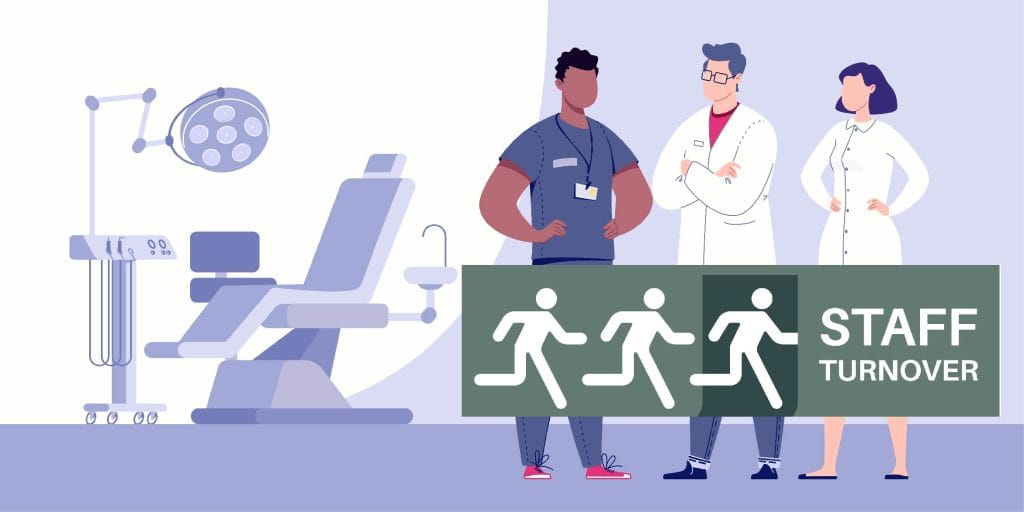Last updated on September 26th, 2024 at 05:01 pm
Note from the editor: As we all know, sweeping tax legislation passed just a few months ago. In that vein, we’re pleased to present this week’s post from our special guest, Rebecca Walser, JD, LLM, CFP. Ms. Walser is a tax attorney, wealth strategist, certified financial planner, author of the book “Wealth Unbroken,” and owner of Walser Wealth. You can find out more about Walser Wealth at www.walserwealth.com
You have heard the buzz on the street that business and personal tax laws have had their first major change since Reagan in the ’80s. One report said it was a win and most Americans will have, net, more income after taxes, but then your buddy in California complains that his taxes are actually going up.
So, what is the real deal and how does it affect you? Well, the truth lies somewhere in the middle on this one – it really is a mixed bag. Allow us to break it down for you. First, the tax rates on both business and personal income have been reduced. Major C corporations have a reduced corporate tax rate from 35% to 21%. Personal Income Tax Brackets were lowered as follows:
| Single Filer | |||
| Current Law | Tax Cuts and Jobs Act | ||
| 10% | $0-$9,525 | 10% | $0-$9,525 |
| 15% | $9,525-$38,700 | 12% | $9,525-$38,700 |
| 25% | $38,700-$93,700 | 22% | $38,700-$82,500 |
| 28% | $93,700-$195,450 | 24% | $82,500-$157,500 |
| 33% | $195,450-$424,950 | 32% | $157,500-$200,000 |
| 35% | $424,950-$426-700 | 35% | $200,000-$500,000 |
| 39.6% | $426,700+ | 37% | $500,000+ |
| Married Filing Jointly | |||
| Current Law | Tax Cuts and Jobs Act | ||
| 10% | $0-$19,050 | 10% | $0-$19,050 |
| 15% | $19,050-$77,400 | 12% | $19,050-$77,400 |
| 25% | $77,400-156,150 | 22% | $77,400-$165,000 |
| 28% | $156,150-$237,950 | 24% | $165,000-$315,000 |
| 33% | $237,950-$424,950 | 32% | $315,000-$400,000 |
| 35% | $424,950-$480,050 | 35% | $400,000-$600,000 |
| 39.6% | $480,050+ | 37% | $600,000+ |
Other BIG changes include ELIMINATING personal exemptions

So, you will no longer get a $4,050 deduction for every dependent member of your household, while the STANDARD Deduction was increased to $12,000 for Singles, $18,000 for Head of Household, and $24,000 for Married Filing Jointly. That is probably a good deal for most, but if you have 3 kids and 2 spouses, the personal exemptions in 2017 for a family of 5 would be $20,250, and the 2017 Standard Deduction would have been added on top of that for an additional $12,700 in deductions, for a total deduction of $32,950. This means that the American family of 5 actually loses $8,950 in deductions.
For larger families though, the lower deductions for the number of family members is offset by lower tax rates and an increased Child Tax Credit – which was increased from $1,000 to $2,000.
That might make some happy, but those who live in higher-tax states like California, New York, New Jersey, Illinois, etc – have additional worries. That is because the deductions available to residents of these states have been severely reduced by limiting the SALT (State & Local Tax) deduction available to them to $10,000 or less. Someone in California who previously subtracted all of their $50,000 in state income taxes, $25,000 in property taxes, and $5,000 in sales taxes, instead of an $80,000 SALT deduction, they will be limited to the new $10,000 SALT limit. The high-income residents of these states will definitely be looking for legal ways to reduce taxable income – what we tax attorneys call tax mitigation.
Other changes include:
- Cap on the mortgage interest deduction to homes whose mortgage is $750,000 or less, down from the previous $1,000,000 level;
- Elimination of the ability to write off interest on a home equity loan;
- Ability to write off qualifying medical expenses that you paid out-of-pocket, as long as those expenses exceeded 7.5% of your income (down from 10% of your income);
- Elimination of ability to write off alimony payments after divorce, unless the divorce was settled prior to 12/31/18;
- Retention of the Education credits – AOC, American Opportunity Credit and LLC, Lifetime Learning Credit
- Increased deduction for CASH Charitable Donations – up to 60% of your AGI
- So, there are some winners and losers, but overall the law struck a balance between making tax cuts for most, while making taxes greater for some. But now, let’s get to what you really want to know… How can this best help me as a dentist or as a dentist with my own practice? Well, that is where the pass-through changes come in.
Pass-through changes:
2017 Tax Reform provides a 20% across the board deduction on all taxable income for business owners whose business income is taxed as a pass-throughs, meaning where the income is passed through the business and onto the individual taxpayer’s tax return. These businesses include sole proprietors, partnerships, and S corporations. The pass-through income is transferred to the individual taxpayer in the form of a K1 distribution as opposed to W-2 salary income. This is meant to stimulate economic growth and it sounds GREAT, right?
…Well right, until we realized the 20% deduction isn’t for every business uniformly. That is correct my friends, professional service trades or businesses, providing services in the fields of health, law, accounting, consulting, financial services and others, are only eligible to receive this full 20% deduction from personal income, if their personal income is $157,500 or less for a single filer, and $315,000 or less for a married filer. The 20% deduction begins to phase out above these income limits, and it is eliminated completely once personal income is over $207,500 for a single filer and $415,00 for a married filer.
As you can tell, dentists have it harder than most to figure out how all of this relates to and will affect them, their practice, and their bottom-line in the coming year. Without the business pass-through deduction, many professional service companies that are located in higher-tax states will likely see their taxes increase. These businesses, in particular, need to consider a professional consultation with a tax and wealth advisory to discover what legal tax strategies can be leveraged to reduce taxable income, in light of all of these complicated changes.
If you would like a complimentary exploratory call with our office to see if our services would benefit you, please call or email us at 866-929-3258 or info@walserwealth.com.
Disclaimer: The information discussed in this article is basic and general in nature and is intended for informational purposes only. Any investment advice should not be construed as legal or tax advice from attorney Rebecca Walser unless otherwise disclosed in writing. Under recommended best practices for tax advisors, please be advised that to the extent the above content contains an opinion on one or more Federal tax issues, such as opinion was not written to be used and cannot be used for the purpose of avoiding penalties. If you would like a written opinion on one or more Federal tax issues that you can rely on for the purpose of avoiding tax penalties, please contact our office.
About Rebecca Walser
Rebecca Walser is a bestselling author, tax attorney, wealth strategist, and a certified financial planner®. Her Team works with each client in a way that is unlike their CPA, other financial advisor, money manager, investment banker, or lawyer because Ms. Walser is different… Leveraging her background as a financial consultant and a tax attorney, she is uniquely qualified to structure and implement the best wealth strategies for her clients. Find out more about Rebecca Walser and how her services can help you by visiting www.walserwealth.com or calling 866-929-3258.




J’ai vraiment besoin de ce genre d’informations et je dois partager avec mon entourage. Merci de partager avec nous.